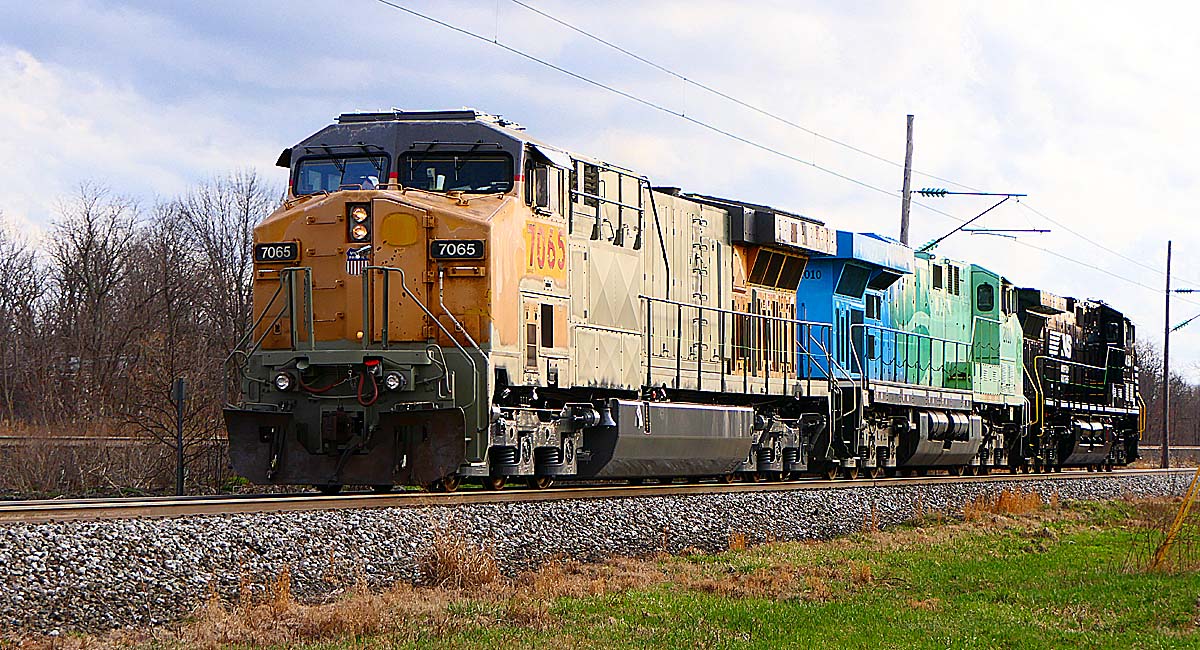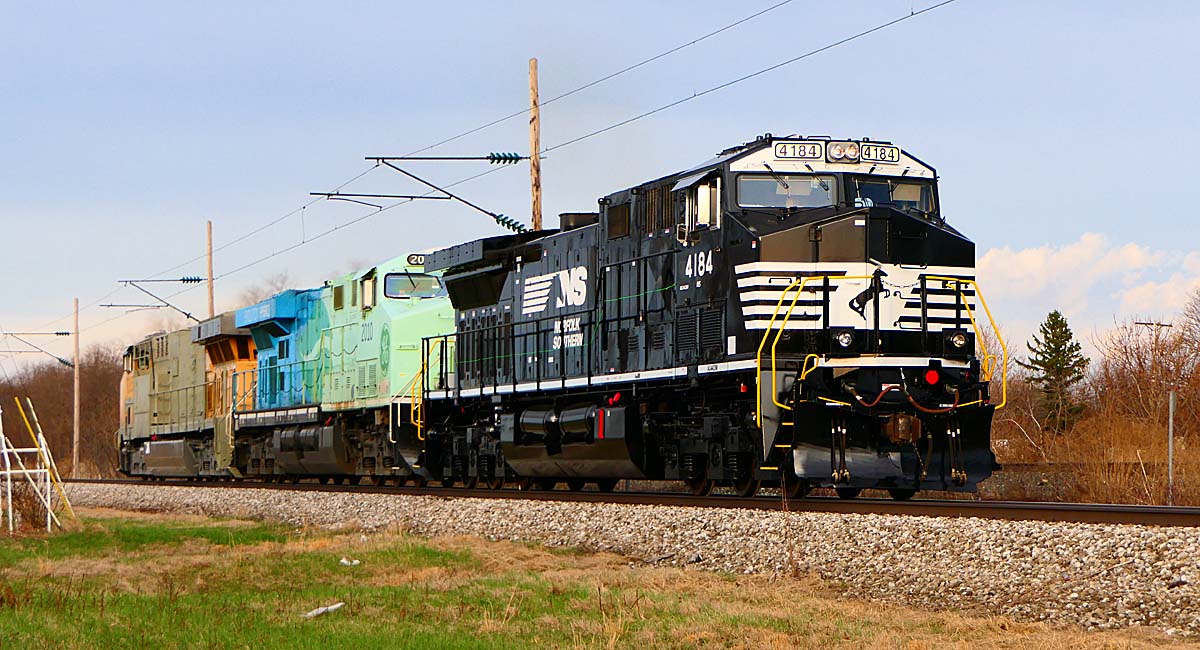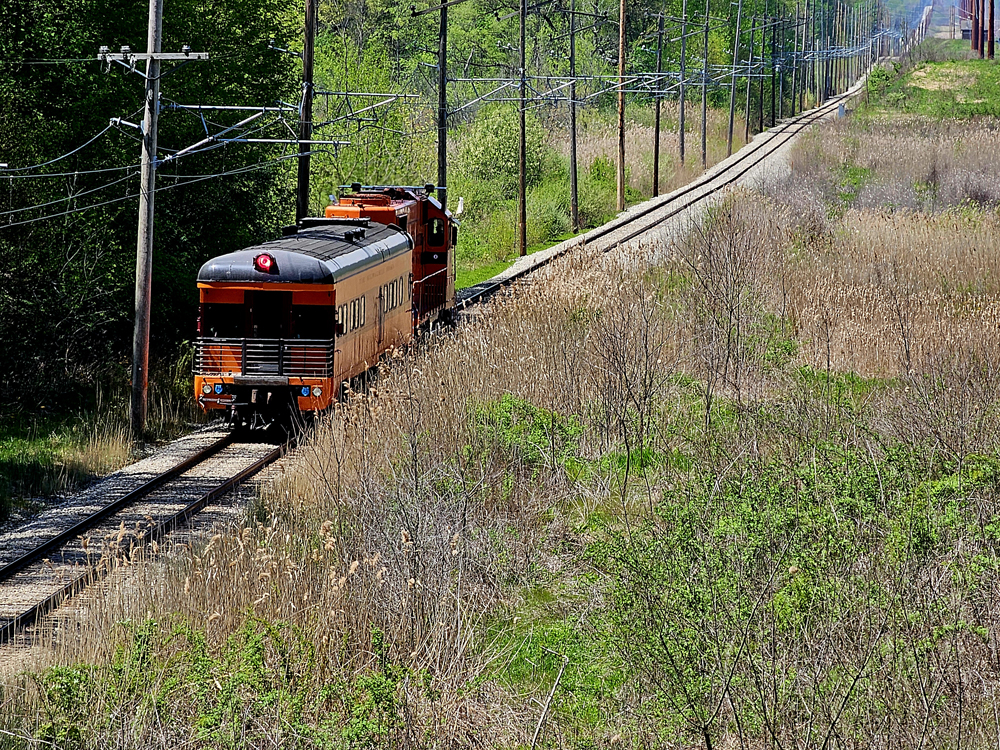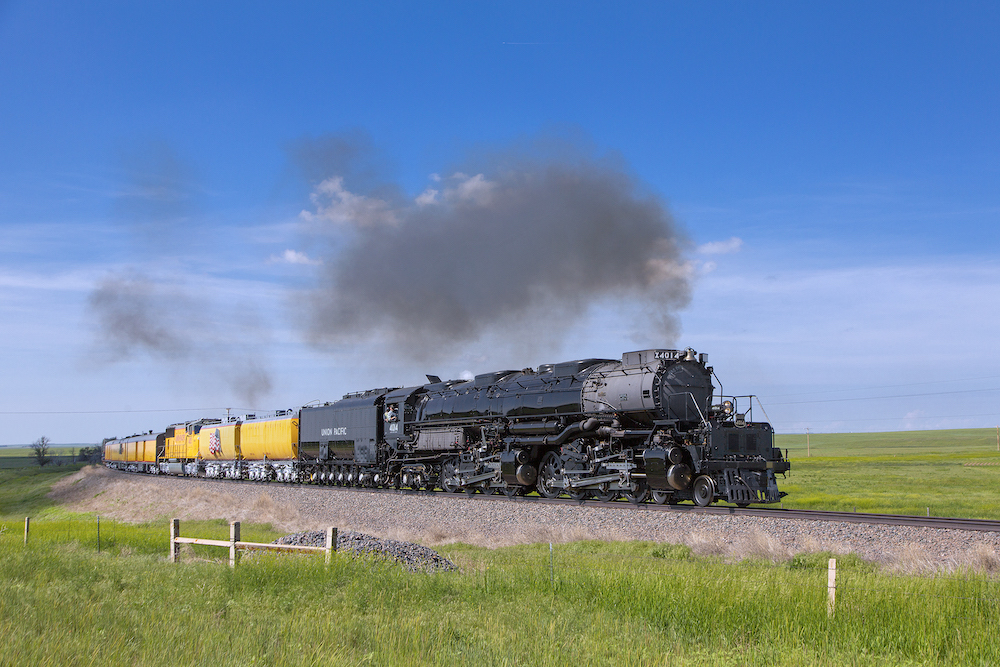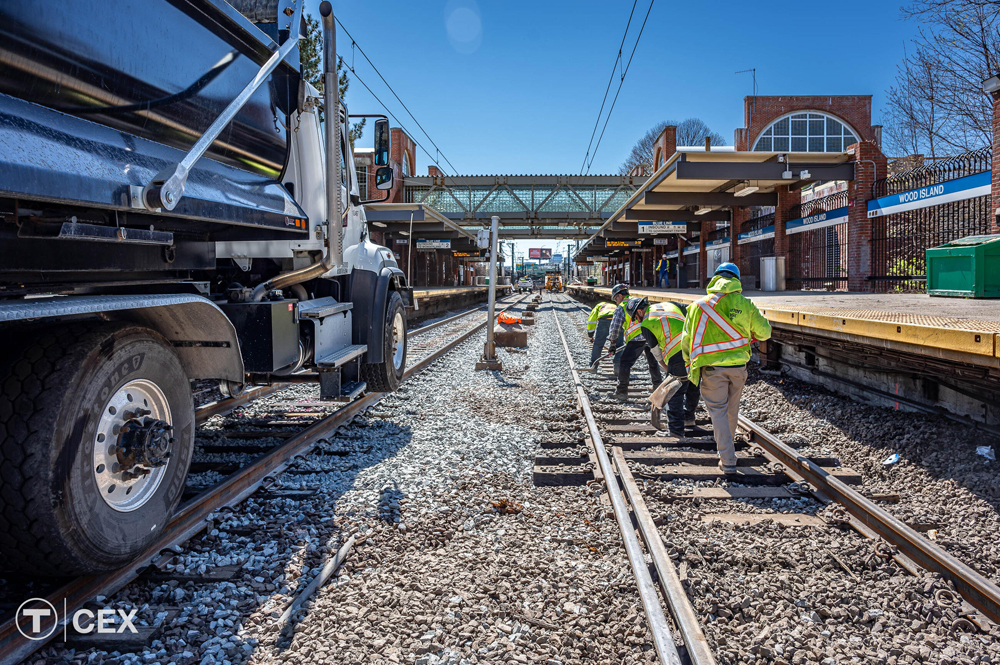BNSF was the first company to enter the GE Transportation program committing to having 20 C44-9Ws converted to more modern AC44C4 locomotives. “We put a better AC traction system, new cab, and new control system in them,” Pascal says. NS soon followed with the conversion of its fleet of standard cab C40-9s, the only ones ever built into AC44C6s. By November of 2018 the fleet disappeared into the program and were all modernized with wide cabs and AC propulsion. Pascal says the success of these two programs gave them a proven product. Soon to follow was a massive order from Union Pacific and Canadian Pacific, most recently CSX has looked to modernize its AC4400 fleet sending 10 units to the plant in Erie. Amtrak is also looking to modern its D.C.-driven P42s to AC propulsion as well. In a sense they are putting state of the art technology into older designs. The advantage to doing so is better reliability and a big cost savings over a new locomotive.
Pascal notes that the program is different than building new locomotives. “Our team sits down with the railroads and together we see what their needs are and how we can meet those needs. Every railroad has different needs and assets to be modernized, each one identifies a fleet strategy,” he says. “We try to work together to see what makes the most sense.” Modernized locomotives for the U.S. market are mainly done to the Dash 9 line of locomotives and newer. UP’s multiyear program which covers 1,000 units will also include several Evolution Series locomotives down the line.” According to Pascal, the current focus is on the many AC44CW and AC60CW locomotives that were built to receive a 6,000 h.p. motor in the 1990s, but due to issues with the motor, were never converted. UP felt because of their weight and design that their life span was not over. “We have modernized locomotives from the U series, C series, Dash 7 series, Dash 8 series, and Dash 9 series around the world.”
One benefit of the recent business combination is that the work can now be spread across nearly 80 Wabtec-owned locations and not limited to the GE Transportation assembly plants and Grove City engine plant. Pascal also indicated that the company is willing to modernize non-GE Transportation locomotives, too. Wabtec has a long experience with rebuilding and modernizing EMD locomotives, but there will be some limitations. “There will be some locomotives we just can’t modernize, because of age or design limitations,” Pascal says.
While most builders have dropped D.C. motors from their catalog, and the program emphasizes A.C. technology, Pascal says they are willing and able to modernize D.C. locomotives. In 2016 GE Transportation modernized 10 CSX C40-8Ws in a test program.
Alternative fuels are also on the horizon. In 2018 GE Transportation announced that it was working with BNSF to develop a battery hybrid. While this program will soon result in a prototype new locomotive Pascal says the technology can be employed in a modernized locomotive. Wabtec plans to continue on with LNG fueled locomotives as well, although this technology has not been considered for use in the modernized locomotive program, Pascal believe it is possible to include it down the line. “With GE and Wabtec combined we can expand our product catalog to meet industry needs with different ideas,” he says.
Pascal says the industry will benefit long term from locomotive modernization. “There is more potential to invest in modernization and the application of new technology in older designs,” he added. “This program is large scale and proven and we have demonstrated over the last 2 to 3 years its reliability.” Now that Wabtec has taken over the program many who work in the industry believe that as many as 20 percent of all locomotives on the rails in North America will be modernized GE Transportation and Wabtec designed products by 2025.





